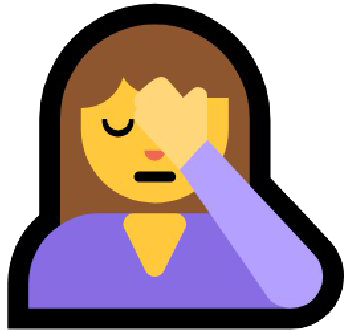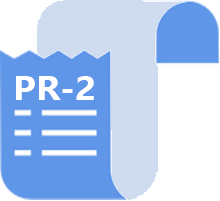Work Comp Billing Error: Resubmit or Request Second Review?

Mistakes happen.
When a provider accidentally submits an original bill that contains an error, taking the appropriate action is key to avoiding further delay in reimbursement. Often, providers attempt to submit revised or corrected bills, rather than waiting to submit a second review appeal.
Theoretically, submitting a corrected bill can seem like the appropriate option in some situations. In reality, the process of re-submitting a corrected bill is undermined by poorly constructed regulations, and is completely unreliable — even pointless.
Rather than submitting a corrected bill, there are two (much better) options, depending on the nature of the error:
- If the provider mistakenly left off a procedure code(s) or under-reported the number of units, simply submit an original bill ONLY for the missing procedure code(s) or the additional units of service. It’s as simple as that.
- To correct a coding error on the bill, use the second review appeal process. Just wait for the Explanation of Review (EOR) from the claims administrator before initiating the second review appeal.
Yes, there is a bill correction process. However, the two options above are simpler, and far more likely to result in proper reimbursement.
The Convoluted Bill Correction Process
California billing regulations allow a provider to submit a revised bill as long as both of the following conditions are true:
- The deadline for the claims administrator’s response has not passed, and
- The provider has not received the Explanation of Review (EOR)
The provider cannot possibly know the status of whether the claims administrator has sent the EOR, or is on the verge of doing so. This means that claims administrators might receive the revised bill after sending the EOR. If the claims administrator receives the revised bill after sending the EOR, the revised bill may be incorrectly treated as a duplicate or as a Second Review appeal
The DWC Medical Billing and Payment Guide outlines the process for submitting revised non-electronic bills, and the Electronic Billing and Payment Companion Guide outlines said procedure for electronic bills.
These Guides contradict each other. Section 5.0(b) of the Medical Billing and Payment Guide states:
When there is an error or a need to make a coding correction, a revised bill may be submitted to replace a previously submitted bill. Revised bills shall be marked as revised using the appropriate NUBC Condition Code In the field designated for that information.
Meanwhile, the field tables for the CMS-1500 and UB04 billing forms — found in the same Medical Billing and Payment Guide — note the following under the fields for condition codes:
Note: do not use Condition Codes when submitting revised or corrected bill.
Huh? Come again?
Even if condition codes are applicable to revised non-electronic bills (and frankly, who knows if they are?), which condition code would it be? The condition codes W2 through W5 represent duplicate bills and varying levels of appeal, not revision or correction.
Our advice? Don’t bother.
Second Review Appeal
Again, to bill for missing procedure codes or units, just submit another bill. Otherwise, follow the second review appeal process:
- Submit the request for second review within 90 days of receipt of the EOR.
- Submit the request for second review using the same delivery method as the original bill (ie paper or electronic).
- Use a modified original bill or DWC Form SBR-1 (we recommend the latter).
- Clearly and specifically state the reasons for the appeal, in this case a description of the error on the original bill and the necessary corrections.
- Include relevant supporting documentation.
Of course, if Second Review fails to produce the correct reimbursement, providers have options. Request Independent Bill Review to resolve disputes over reimbursement, or if necessary, file a lien to resolve liability disputes.
Even after making a mistake, providers deserve correct reimbursement. Sadly, the established process for correcting mistakes via resubmission is a mistake unto itself.
Proceed accordingly.
Ready to make second review and IBR quick and easy? Our Billing Software includes tools for instant appeals, plus original bills, RFA’s, and more. Schedule a free demo, and see just how easy workers’ comp can be.
REQUEST DEMO
DaisyBill provides content as an insightful service to its readers and clients. It does not offer legal advice and cannot guarantee the accuracy or suitability of its content for a particular purpose.


.png)
.gif)